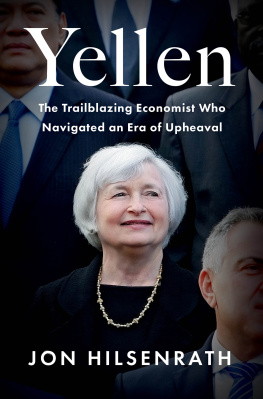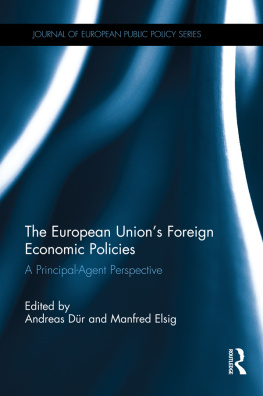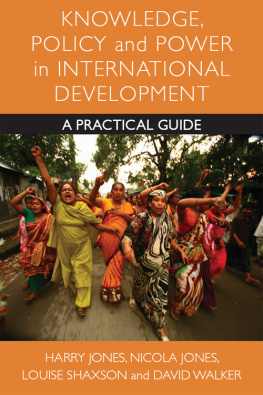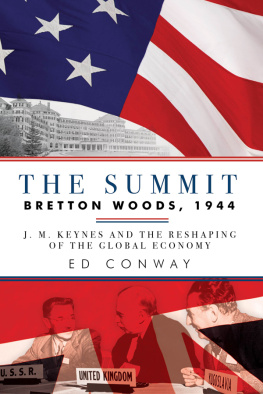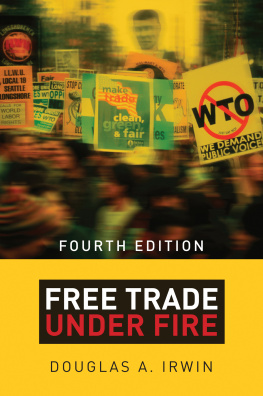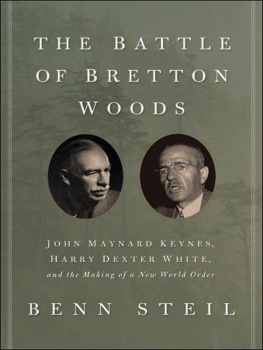HARRY WHITE AND THE AMERICAN CREED
HARRY WHITE AND THE AMERICAN CREED
How a Federal Bureaucrat Created the Modern Global Economy (and Failed to Get the Credit)
JAMES M. BOUGHTON
Yale
UNIVERSITY PRESS
New Haven and London
Published with assistance from the foundation established in memory of Philip Hamilton McMillan of the Class of 1894, Yale College.
Copyright 2021 by James M. Boughton.
All rights reserved.
This book may not be reproduced, in whole or in part, including illustrations, in any form (beyond that copying permitted by Sections 107 and 108 of the U.S. Copyright Law and except by reviewers for the public press), without written permission from the publishers.
Yale University Press books may be purchased in quantity for educational, business, or promotional use. For information, please e-mail (U.K. office).
Set in Janson Text type by Newgen North America.
Printed in the United States of America.
Library of Congress Control Number: 2021935423
ISBN 978-0-300-25379-5 (hardcover : alk. paper)
A catalogue record for this book is available from the British Library.
This paper meets the requirements of ANSI/NISO Z39.48-1992
(Permanence of Paper).
10 9 8 7 6 5 4 3 2 1
for Lesley Anne Simmons
It is quite possible that some day some scholar will want to write on Harry as an economist.
JACOB VINER, March 1951
Contents
Acknowledgments
THIS BOOK DRAWS ON a variety of sources, written and oral, including a substantial amount of archival material that was not public or was not easily accessible when the previous biographies were written. I am indebted to the proficient and helpful staffs of several institutions for much assistance.
One primary source for information about Harry Whites own thoughts and actions is a collection at the U.S. National Archives in College Park, Maryland. The bulk of that archive is a chronological file of Whites writing and outgoing correspondence throughout his career at the U.S. Treasury.
A second source is the Morgenthau Diaries, which are now available online through the Franklin D. Roosevelt Library and the National Archives and which include documents from White and transcripts of meetings in which he participated. That source is especially valuable for the period 193845, when White was a senior Treasury official.
A third, less comprehensive and more idiosyncratic collection of papers is in the Seeley G. Mudd Manuscript Library at Princeton University in New Jersey. That collection has two parts. The first comprises papers and other documents that White had in his possession at the time of his death and that were donated to the library by his widow, Anne Terry White. The second part, donated by the family much more recently, comprises additional materialboth personal and professionalthat was retained first by Anne and then by their daughter Joan White Pinkham until her death in 2012.
A fourth collection is in the archives of the International Monetary Fund (IMF) in Washington, D.C. That collection includes many documents relating to the Bretton Woods conference and to Whites tenure as the IMF executive director for the United States.
For some specific episodes, I have drawn on archival material from the U.S. Treasury, the U.S. State Department, the Federal Bureau of Investigation, the Federal Reserve Board, the Harry S. Truman Library, the Universities of Delaware and Oregon, the Woodrow Wilson International Center for Scholars, and the State of Israel.
Research of this nature would also not be possible without help from librarians. I would like especially to thank the skillful and accommodating staffs of the Library of Congress, the Joint Library of the International Monetary Fund and World Bank, the libraries of the American University and Georgetown University, and the public libraries of Washington, D.C., and Sanibel, Florida.
In addition to archives, library resources, Whites publications, and other documentary material, I have had the benefit of conversations, interviews, and correspondence with many people who had firsthand knowledge of his life and work or of the times and issues with which he lived and worked. When I began this research in the mid-1990s, several people who had known him were still alive. (A few still are, but noneso far as I knowwho worked with him.) Their recollections have greatly informed my sense of the man and his times and of what he tried to accomplish. More recently, the White family and close family friends graciously made available to me a great many personal letters, photographs, scrapbooks, and mementos that have been invaluable in fleshing out the personal biography.



